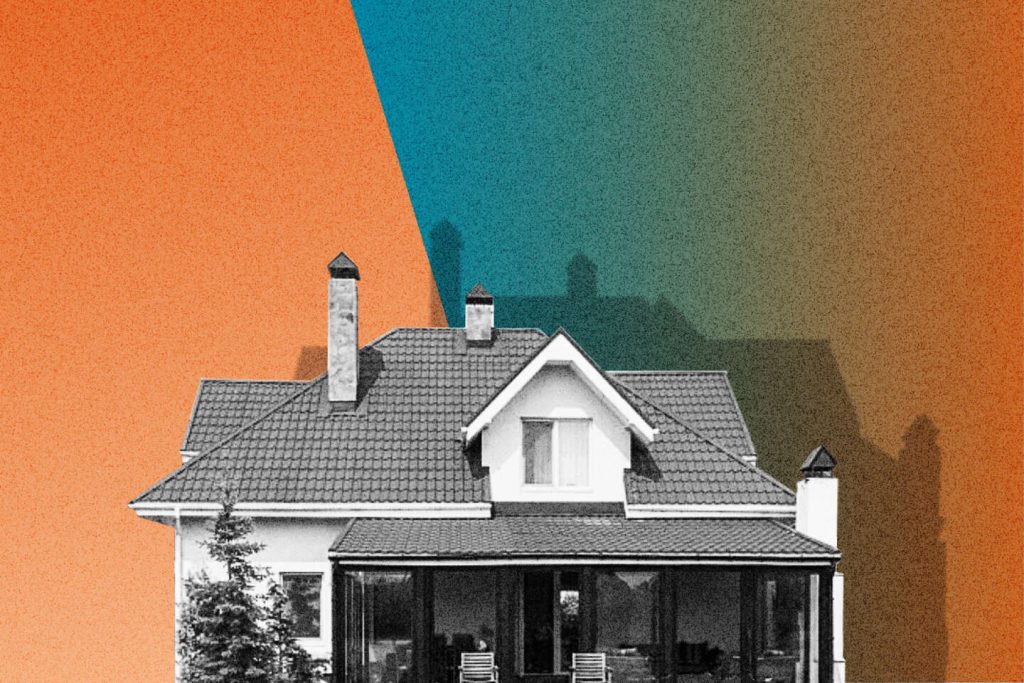In the context of ecological transition, public authorities are encouraging individuals to replace their oil or old gas boilers with heat pumps or inserts. However, since March 21, 2024, those who make this decision are less well protected by insurance than before. This is the result of a change in case law by the Court of Cassation, following a specific case. In November 2012, a company installed an insert in the fireplace of Mr. and Mrs. X. On February 13, 2013, a fire ravaged the house. The Xs were partially compensated (142,610 euros) by their multi-risk home insurer, SwissLife. They claimed a supplement (79,000 euros) from the installer, who had taken out a ten-year insurance policy (which is not capped), with Axa.
Axa refused to honor the claim, arguing that an insert placed in a fireplace is simply an “existing equipment element,” and not a “building,” the only type eligible for coverage under the Spinetta Law of January 4, 1978. The company contested the case law that extended the ten-year guarantee to existing equipment elements. The Court of Cassation ruled that issues affecting equipment elements, whether detachable or not, original or installed on existing structures, fall under the ten-year liability when they render the entire building unsuitable for its intended purpose. This decision was confirmed in the case of an insert that caused a fire.
The Xs took the case to court. Axa lost in the first instance and on appeal, but requested a review or, more precisely, a reversal of the previous ruling before the Court. The general prosecutor then launched a consultation (a rare procedure) on the implications of the Court’s case law on “quasi-structures” to involved professionals and the National Institute of Consumer Affairs (INC), which noted that individuals do not often think to invoke the ten-year guarantee.
Artisans responded that since June 2017, despite the potential criminal penalties, they have not increased their ten-year insurance coverage, as it would be too expensive. They find the obligation to pay for the total reconstruction of a house that was only partially affected by their work disproportionate. This has led to concerns within the industry regarding the cost and liability associated with such insurance coverage.
Despite efforts to promote more eco-friendly heating solutions, the legal implications and financial burden associated with insurance coverage for these installations have become a source of concern for both individuals and professionals. The shift in case law and interpretation of existing regulations have resulted in a lack of protection for those who make the switch to more sustainable heating systems, such as heat pumps. This case serves as a cautionary tale for individuals considering such upgrades and highlights the need for a clearer legal framework and guidance on insurance coverage in the context of ecological transition.


